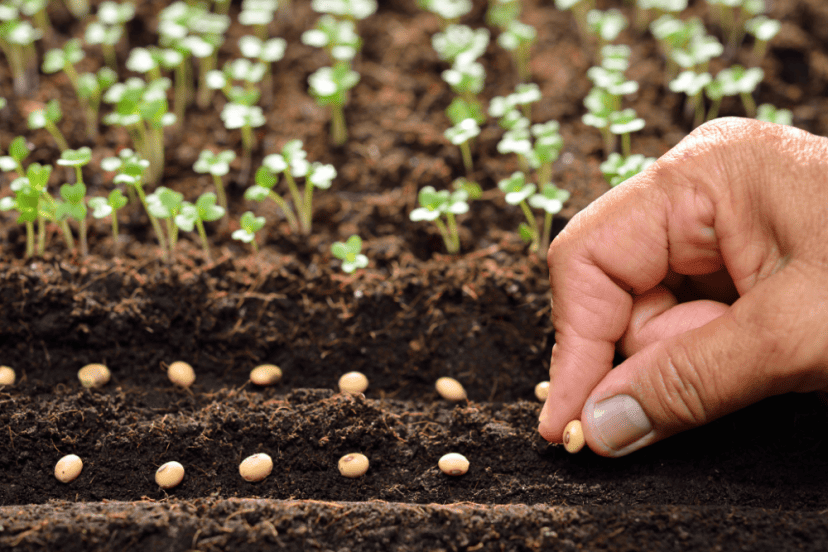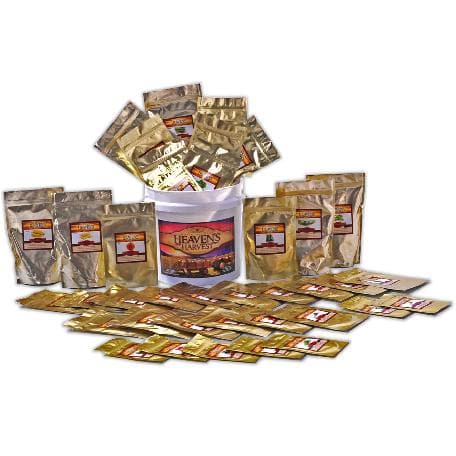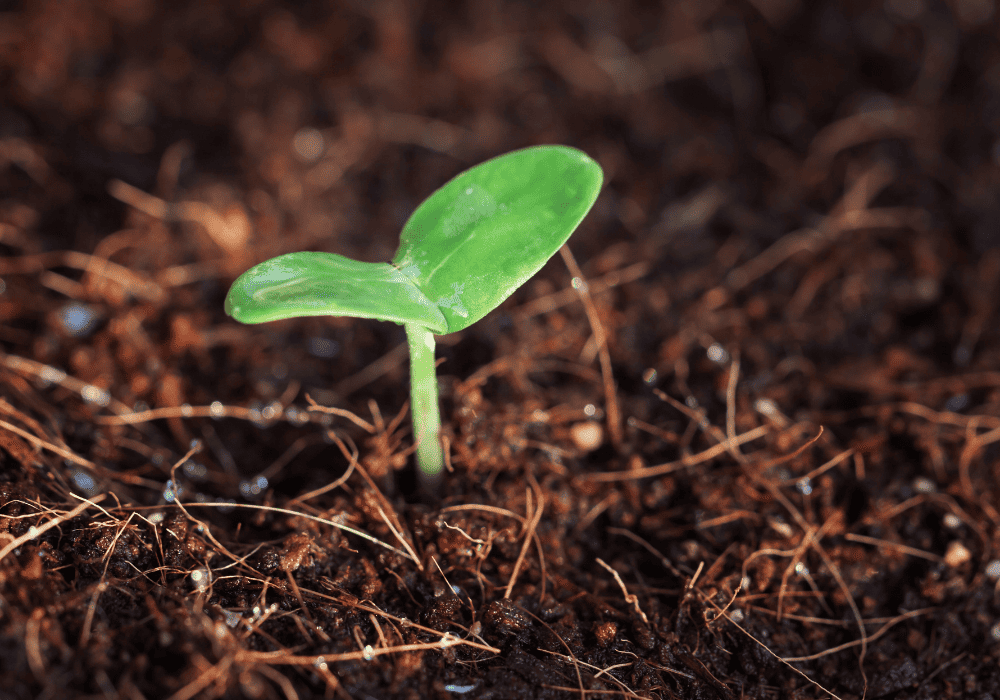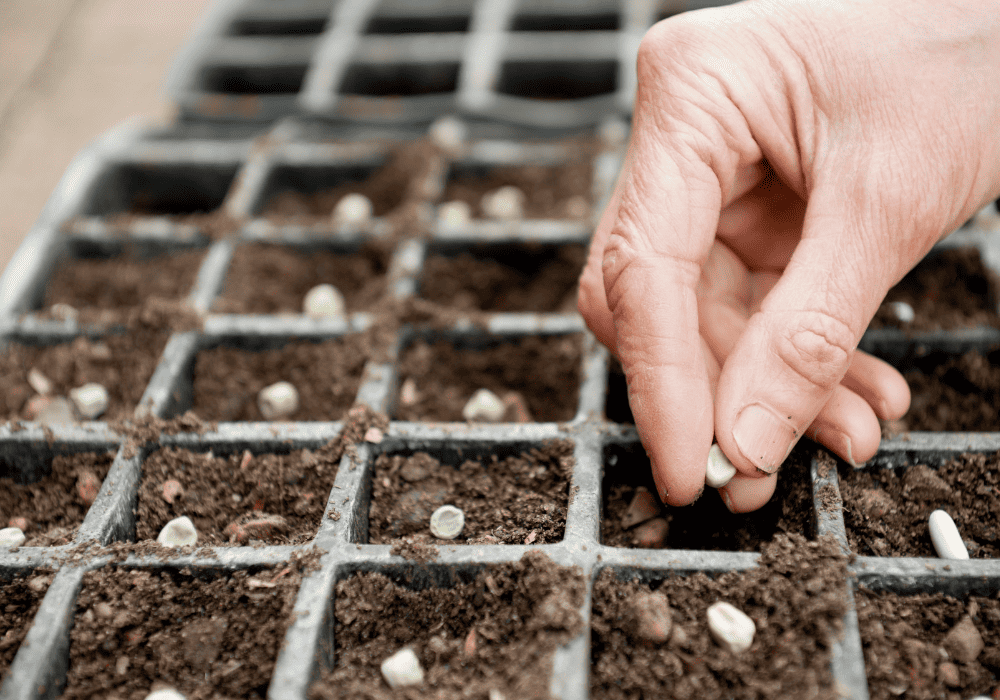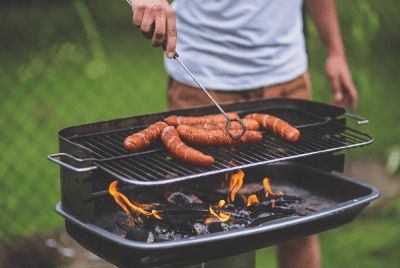Heirloom Seeds Guide to Transform Your Garden Beds for Success
Mastering the Art of Gardening: Your Ultimate Heirloom Seeds Guide for Bountiful Harvests
Embarking on the journey of cultivating heirloom seeds has the power to elevate your garden from ordinary to extraordinary, weaving a vibrant tapestry of past and future harvests.
To ensure your cherished plants thrive, kick-start your journey with a comprehensive soil assessment, creating an optimal environment for your heirloom varieties.
Selecting seeds tailored to your region’s climate is the first step towards a bountiful outcome, while a well-thought-out garden layout promotes balance and harmony among your heirloom treasures.
At Heaven’s Harvest, they are committed to maximizing your experience with our Heirloom Seed Kit.
This guide is designed to unravel the secrets of nurturing these timeless treasures, guiding you from soil preparation to sprouting success.
Evaluate Your Soil Quality for Optimal Growth The foundation of cultivating heirloom plants lies beneath the surface, where soil vitality plays a crucial role in determining the future success of your garden.
Seeds passed down through generations require a balanced blend of nutrients and an appropriate pH level for robust growth and a fruitful harvest.
Conducting a soil assessment ensures your garden beds are primed to support your precious Heirloom Seeds.
Test Soil pH and Nutrient Levels Testing your soil’s pH and nutrient composition is a non-negotiable step when embarking on a journey with prized heirloom seeds.
A pH test reveals whether your soil is hospitable or hostile, setting the stage for successful germination.
Tailoring the nutrient profile of your soil is equally important, as each plant has unique dining preferences.
A comprehensive soil test provides insights into nitrogen, phosphorus, potassium, and other essential minerals, empowering you to make informed decisions about fertilization and amendments.
Follow these steps to test your garden soil:
- Gather necessary materials: Soil pH testing kit or pH meter, distilled water, soil sample collection tools.
- Choose the testing area: Select representative areas, avoiding recent fertilizer applications.
- Collect soil samples: Use a spade or soil auger to collect samples at different depths.
- Mix the soil samples: Combine collected samples, removing debris.
- Prepare the soil slurry: Mix soil with distilled water to create a slurry.
- Perform the pH test: Use the pH meter or testing kit according to instructions.
- Record the pH value: Note the pH value, aiming for a slightly acidic to neutral pH.
Amend the Soil Based on Test Results Interpreting soil test results guides you in providing what your plants need for optimal growth.
Address deficiencies with organic matter like compost for nitrogen or bone meal for phosphorus. Adjust pH levels using elemental sulfur for alkaline soil and lime for acidic soil, creating a nurturing bed ready for heirloom seeds.
Select Diverse Seeds to Promote Biodiversity Curate a selection of heirloom seeds from diverse varieties to create a mosaic of traits that enhances your garden’s resilience.
This not only preserves ancient plant varieties but also sustains ecological balance for a thriving garden and resilient seed supply.
Optimize Garden Layout for Seed Needs Carefully plan your garden layout to accommodate the diverse growing conditions of heirloom seeds.
Consider sunlight and shade requirements, promote effective airflow, and create a harmonious environment for a robust garden.
Plan Sunlight and Shade Areas Appropriately Ensure each plant receives adequate sunlight by arranging beds strategically.
Thoughtful placement of taller crops prevents elongated shadows, supporting uniform growth of sun-loving and shade-favoring heirlooms.
Arrange Beds for Proper Air Circulation Meticulously plan the arrangement of beds to mitigate the risk of fungal diseases.
Spacing between heirlooms allows gentle airflow, promoting plant health and deterring pests.
Implement Organic Matter to Enrich Beds Enrich your garden beds with organic matter such as compost or manure to provide essential nutrients and enhance soil structure.
This creates a nurturing habitat for heirloom seeds to flourish.
For 15% off seeds, at the checkout use the code – SAVE15HH https://heavensharvest.com/
Incorporate Mulch to Retain Moisture Levels Mulching conserves water, crucial for heirloom seeds to thrive.
It acts as a barrier against evaporation, maintaining soil moisture and providing a cooler root environment during hot weather.
Set Up Irrigation That Fits Heirloom Requirements Calibrate your watering system to meet the specific needs of each heirloom variety.
Tailor your irrigation to mimic their ancestral moisture levels, ensuring optimal growth.
Get Protective Measures in Place Early Protect your garden from potential threats with early measures.
Fencing deters critters, netting shields against aerial assaults, and row covers create a microclimate, safeguarding your heirloom varieties.
Embark on your heirloom seed journey with confidence and meticulous preparation. By following these guidelines, you’ll honor the legacy of heirloom seeds and reap the rewards of a robust and sustainable harvest.
If you have any questions or need assistance with Heirloom Seed Kits, feel free to contact Heaven’s Harvest. They are here to help during business hours or through our chat service.”
For 15% off seeds, at the checkout use the code – SAVE15HH https://heavensharvest.com/
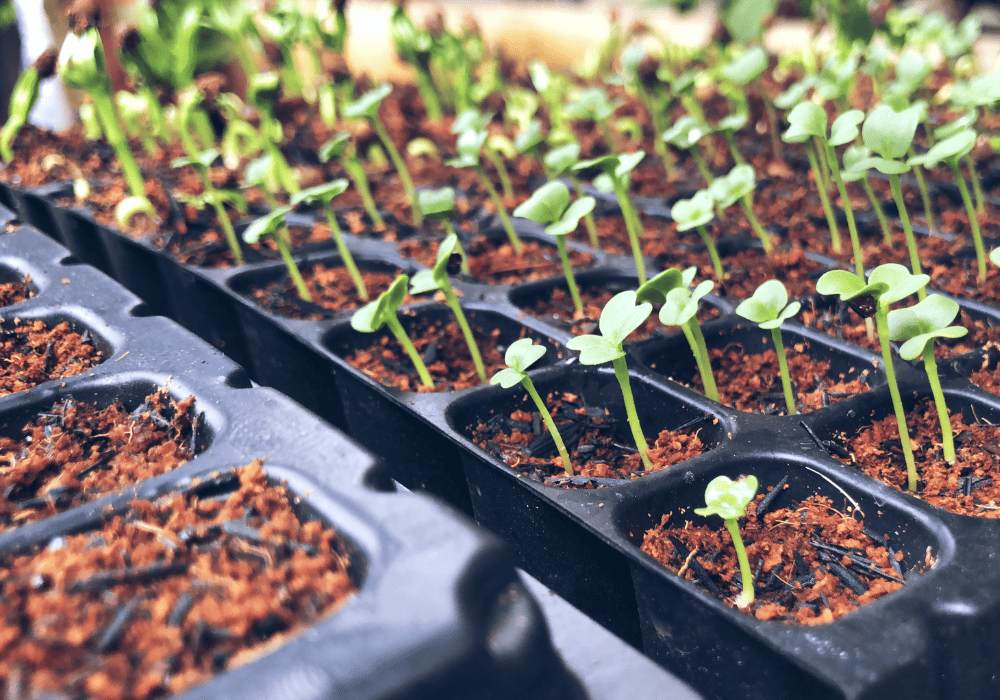
Frequently Asked Questions
What does heirloom mean in seeds
In the context of seeds, especially in gardening and agriculture, “heirloom” refers to a type of plant that has been grown from seeds that have been passed down from generation to generation within a family or community. These seeds are often prized for their unique characteristics, flavor, or historical significance. Heirloom plants are open-pollinated, meaning they are pollinated by natural means (wind, insects, etc.), and they tend to retain their distinct traits when saved and replanted.
Heirloom seeds are typically associated with traditional and non-hybrid varieties. Unlike hybrid seeds, which result from the controlled crossbreeding of different varieties to produce specific traits, heirloom seeds come from plants that have been allowed to pollinate naturally. As a result, heirloom plants often showcase a diverse range of traits and can carry historical, cultural, or regional significance.
Many gardeners and farmers value heirloom seeds for their unique flavors, adaptability, and the preservation of genetic diversity. However, it’s important to note that the term “heirloom” doesn’t have a strict definition, and different people may use it in slightly different ways. Generally, though, heirloom seeds are associated with heritage and the passing down of plant varieties through generations.
Are heirloom seeds better than regular seeds
Whether heirloom seeds are better than regular seeds depends on the specific needs and preferences of the gardener or farmer. Both heirloom and regular seeds have their own advantages and considerations. Here are some factors to consider:
- Genetic Diversity: Heirloom seeds often boast greater genetic diversity than some modern hybrid varieties. This diversity can contribute to resilience and adaptability, making heirloom plants well-suited to a range of environmental conditions.
- Flavor and Characteristics: Heirloom plants are often chosen for their unique and desirable characteristics, such as distinct flavors, colors, or shapes. If you are looking for specific taste profiles or appearances, heirloom varieties might be more appealing.
- Historical and Cultural Significance: Heirloom seeds can carry historical or cultural significance, preserving traditional agricultural practices and connecting growers to their heritage.
- Open-Pollination: Heirloom seeds are open-pollinated, meaning they can be saved and replanted while maintaining their traits. This allows for seed-saving practices, enabling self-sufficiency and sustainability.
Do heirloom seeds expire
To preserve seeds for the upcoming gardening season, it’s effective to keep the seed jar in a cool, dark, and moisture-free space. When heirloom seeds are stored in these conditions, their viability can extend for a duration of 3 to 5 years. For extended storage spanning a decade or more, consider placing the jar in the refrigerator, ensuring the seeds remain good for 10 to 15 years.

